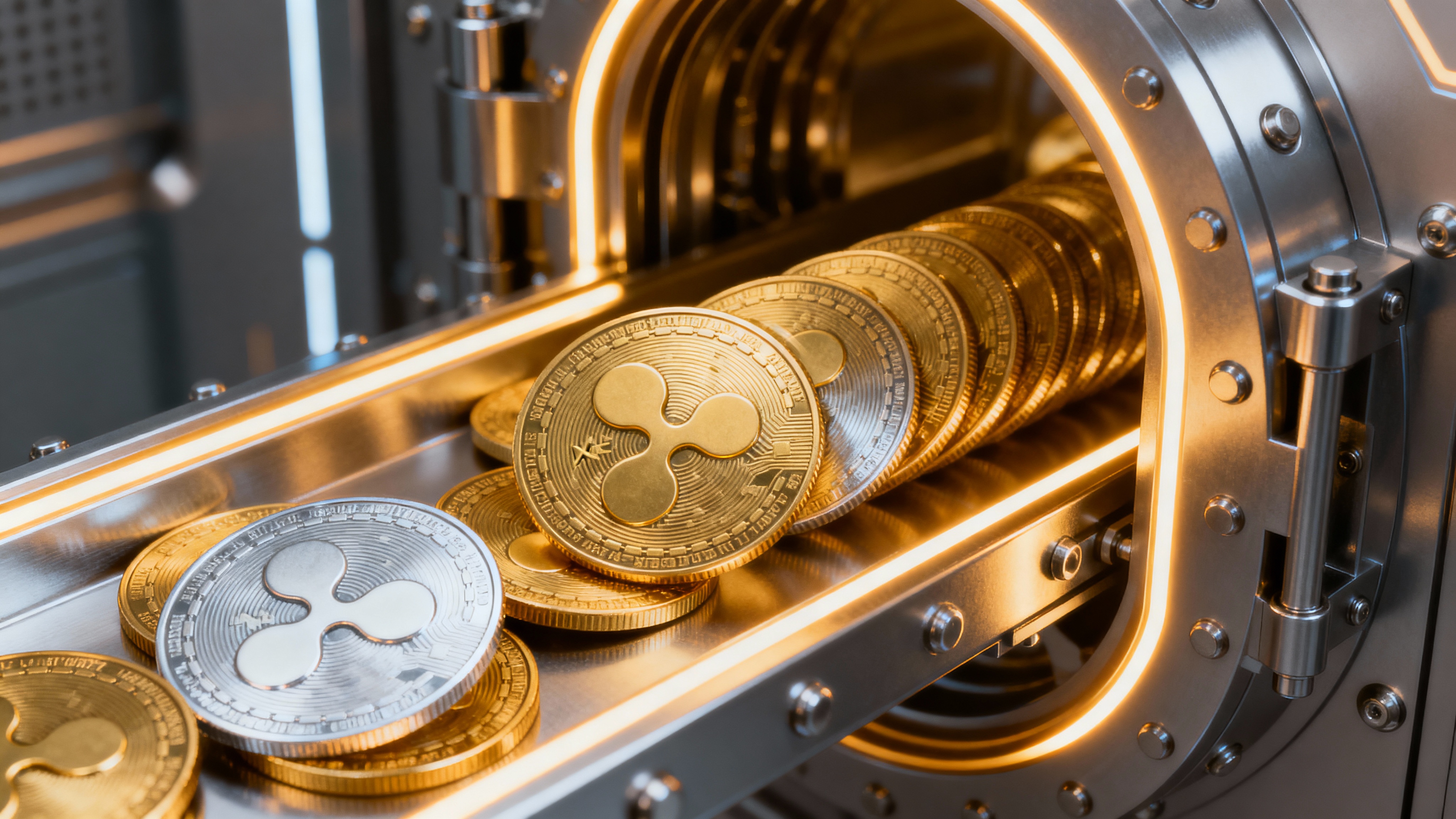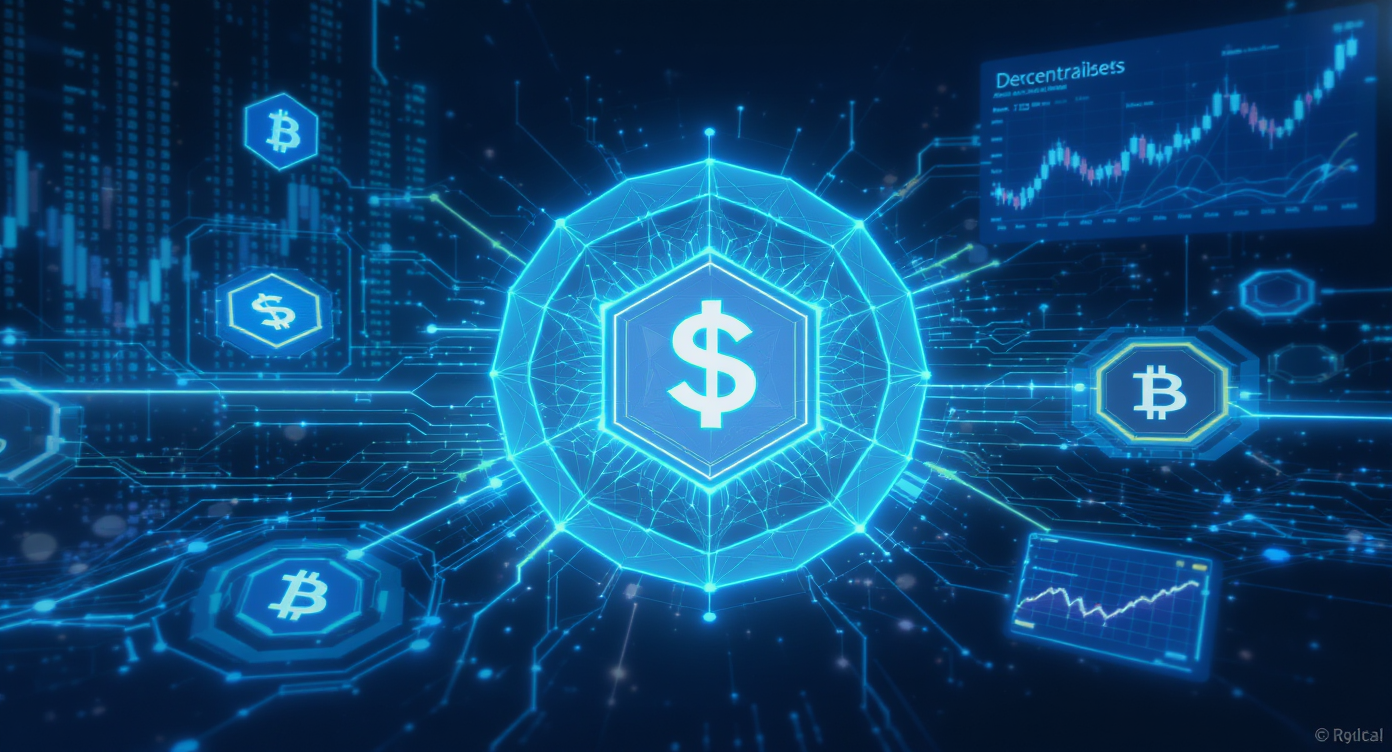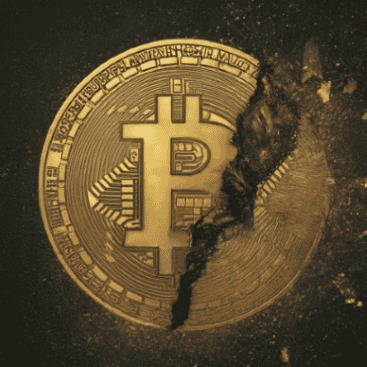
What is Bitcoin(BTC) Halving?
Crypto BasicsBitcoin Halving is significant for the entire crypto ecosystem because it is one of the key events that influence the crypto bull and bear cycles, along with other factors such as global financial market dynamics. On April 19, 2024, at block 840000, the Bitcoin miner reward decreased from 6.25 to 3.125 BTC. This type of Halvings occurs approximately every four years.
Bitcoin Halving is a pre-programmed event that occurs approximately every four years or after every 210,000 blocks are mined on the Bitcoin blockchain. During a Halving event, the reward that miners receive for validating transactions and adding them to the blockchain is reduced by half. This reduction in the reward leads to a decrease in the rate at which new bitcoins are created, ultimately capping the total supply of bitcoins at 21 million.
The purpose of the Halving mechanism is to control the inflation rate of Bitcoin and ensure that new bitcoins are issued at a predictable and decreasing rate over time. Halvings will continue until the last BTC will be mined in 2140.
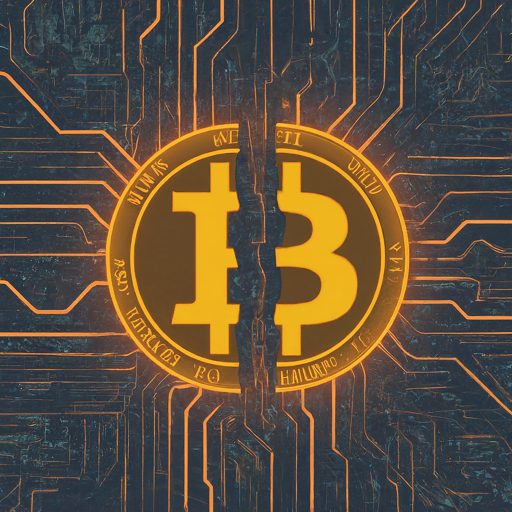 How many times Bitcoin Halvings have happened in the past?
How many times Bitcoin Halvings have happened in the past?
There have been three Halvings so far, in 2012, 2016, and 2020, with a total of 32 planned. The next Halving event is expected in 20-23 April 2024 and will reduce block rewards from 6.25 BTC to 3.125 BTC. Previous Halvings have led to significant price increases.
- First Halving occurred on 28 November 2012. Block rewards for mining halved from 50 BTC to 25 BTC. Bitcoin's price was approximately $12. Within a year, it surged to $1,100, marking an almost 10,000% increase since the Halving date.
- In October 2015 steady growth began again. Second Halving occurred on 9 July 2016 Bitcoin was trading near $670. By December 2017, it soared to nearly $20,000. Block rewards for mining halved from 25 BTC to 12.5 BTC.
- Third Halving happened on 11 May 2020, Bitcoin's price was around $9,500. It took about a year and a half for the asset to reach $69,000, jumping by 725%. Block rewards for mining halved from 12.5 BTC to 6.25 BTC.
What is the Impact on Bitcoin's Price?
Halving is essential for the Bitcoin network. It regulates 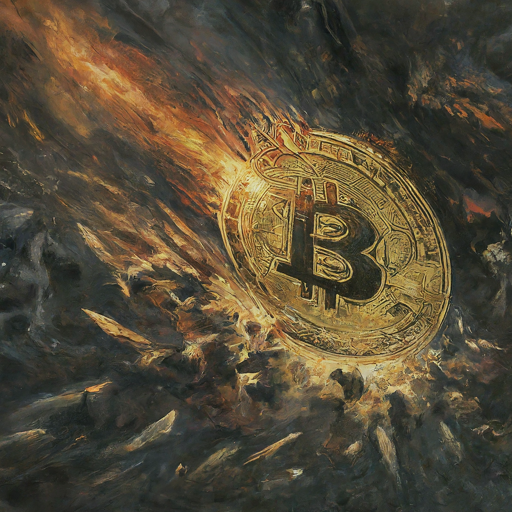 the pace of new coin generation, ensuring a controlled and predictable supply of BTC. Bitcoin Halving events have historically been associated with an increase in the price of Bitcoin. This is partly due to the reduced supply of new bitcoins entering the market, which can create a supply-demand imbalance and drive-up prices. Additionally, the anticipation of a Halving event and its potential impact on the market can also lead to increased speculation and investment in Bitcoin. However, Halving is not the solely reason of BTC prices. Whale movements, market sentiments, speculations, technological developments and regulatory environment (such as changes in regulations and government policies regarding cryptocurrencies) can have a significant impact on Bitcoin's price.
the pace of new coin generation, ensuring a controlled and predictable supply of BTC. Bitcoin Halving events have historically been associated with an increase in the price of Bitcoin. This is partly due to the reduced supply of new bitcoins entering the market, which can create a supply-demand imbalance and drive-up prices. Additionally, the anticipation of a Halving event and its potential impact on the market can also lead to increased speculation and investment in Bitcoin. However, Halving is not the solely reason of BTC prices. Whale movements, market sentiments, speculations, technological developments and regulatory environment (such as changes in regulations and government policies regarding cryptocurrencies) can have a significant impact on Bitcoin's price.
What is the impact of Halving for Miners?
Miners ensure the security and validity of the Bitcoin network. For miners, the Halving presents both a challenge and an opportunity. With rewards halved and less BTC will be produced annually, miners must enhance their computational power to compete for a smaller share of the Bitcoin rewards. Mining will continue until the total supply of BTC reach to 21 million. When total supply of BTC reach 21 million in 2140, miners will only earn reward from the commissions for transactions included in the block.
